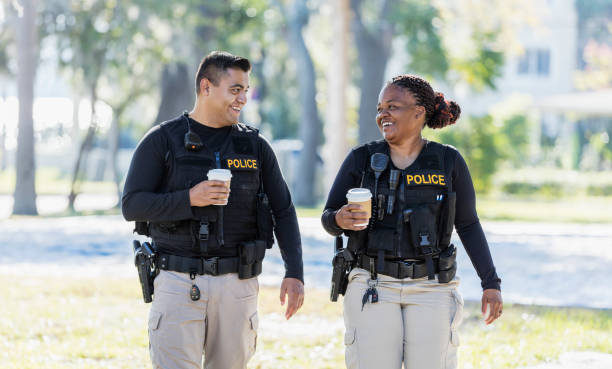Introduction
Conducting effective police surveys is crucial for gathering meaningful feedback from the community and improving policing practices. This blog post outlines best practices for conducting these surveys, ensuring that they are both impactful and efficient.
Best Practices for Conducting Police Surveys
- Define Clear Objectives
Before designing a survey, it’s essential to define clear objectives. Determine what information you need and how it will be used to improve policing practices. Clear objectives help in creating focused questions and obtaining relevant feedback. - Design Effective Survey Questions
Craft questions that are clear, concise, and unbiased. Avoid leading questions and ensure that each question is designed to elicit specific, actionable responses. Use a mix of question types, such as multiple-choice, Likert scales, and open-ended questions, to gather comprehensive feedback. - Ensure Anonymity and Confidentiality
To encourage honest responses, ensure that surveys are anonymous and confidential. Communicate this to participants to build trust and increase the likelihood of receiving candid feedback. - Promote the Survey Widely
Use various channels to promote the survey and reach a broad audience. Utilize social media, email newsletters, and community events to inform residents about the survey and encourage participation. - Monitor and Analyze Responses
Regularly monitor survey responses and analyze the data to identify key trends and areas for improvement. Use the insights gained to make data-driven decisions and implement changes as needed. - Follow Up with the Community
Share the results of the survey with the community and outline the actions being taken in response to their feedback. This transparency demonstrates that the feedback is valued and used to drive improvements.
Leveraging Officer Survey for Effective Implementation
Officer Survey provides a comprehensive platform for conducting effective police surveys. Here’s how it supports best practices:
- Customizable Survey Tools
Officer Survey offers customizable tools for designing and distributing surveys, ensuring that they align with specific objectives and gather relevant data. - Real-Time Analytics
The platform’s real-time analytics capabilities allow for immediate analysis of survey responses, helping law enforcement agencies make timely decisions based on current data. - Enhanced Community Engagement
Officer Survey facilitates easy promotion and distribution of surveys, increasing participation rates and ensuring broad community engagement.
Conclusion
Conducting effective police surveys requires careful planning, clear objectives, and effective execution. By following best practices and utilizing platforms like Officer Survey, law enforcement agencies can gather valuable feedback, enhance community relations, and improve policing practices.






